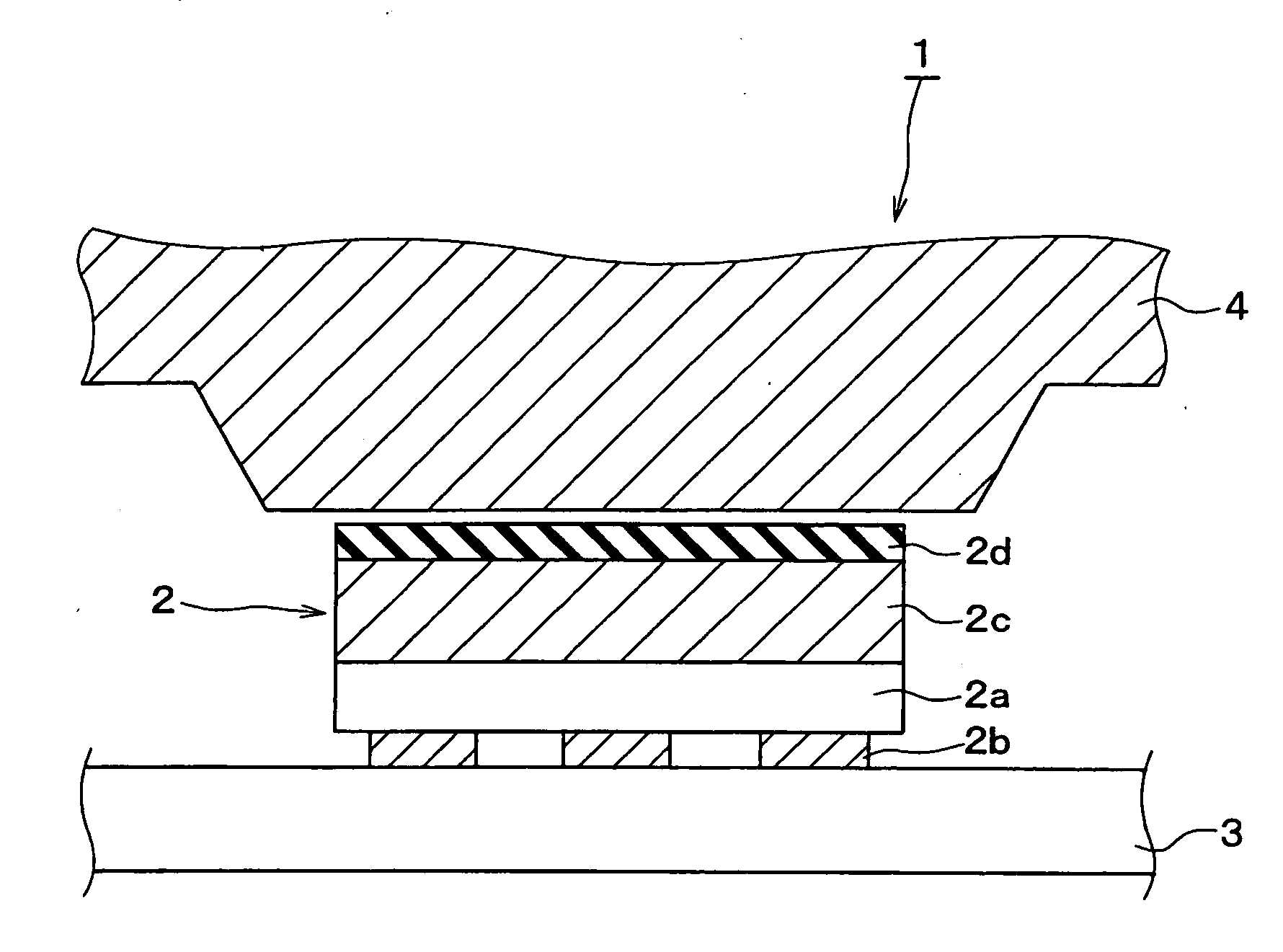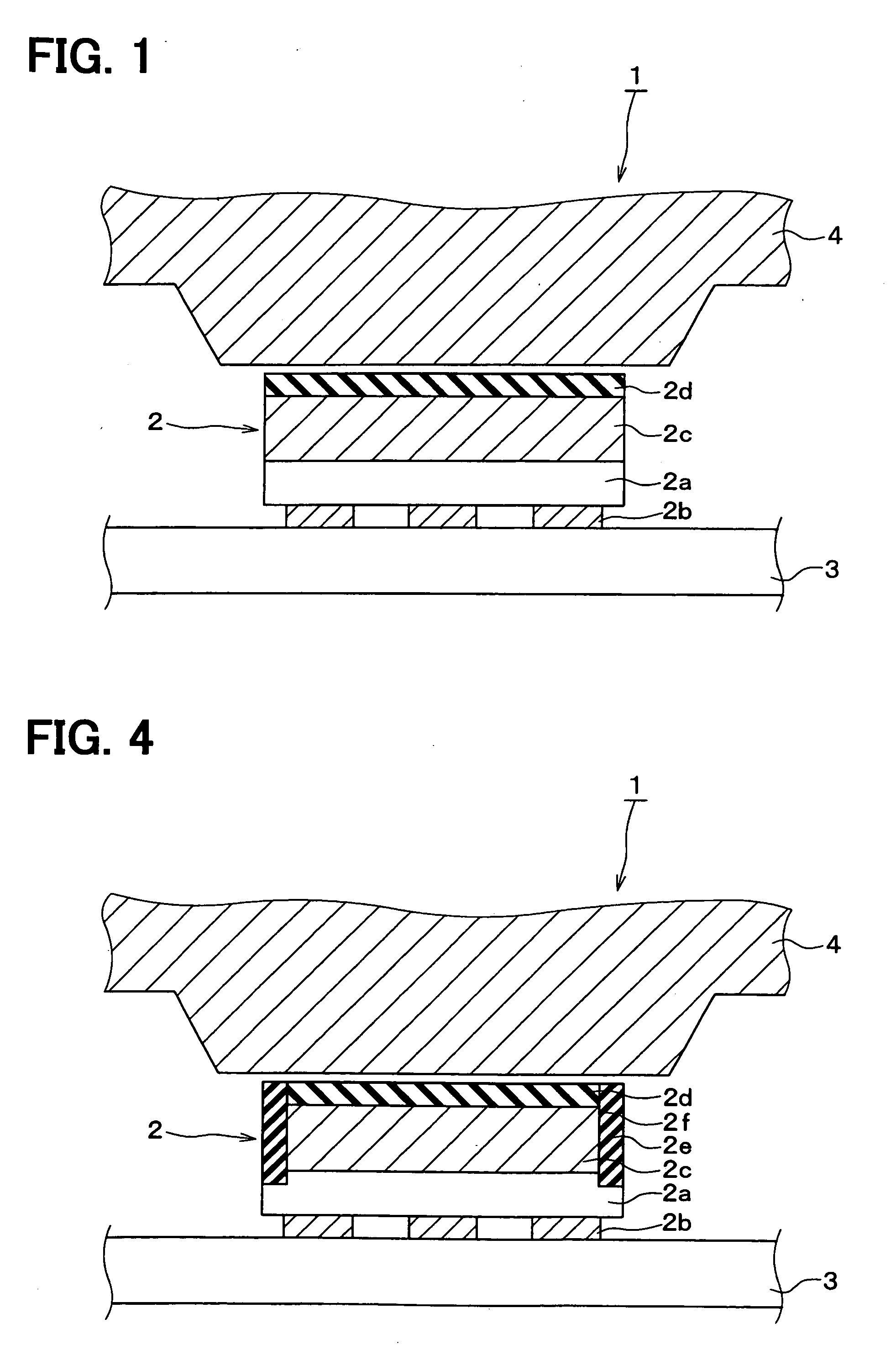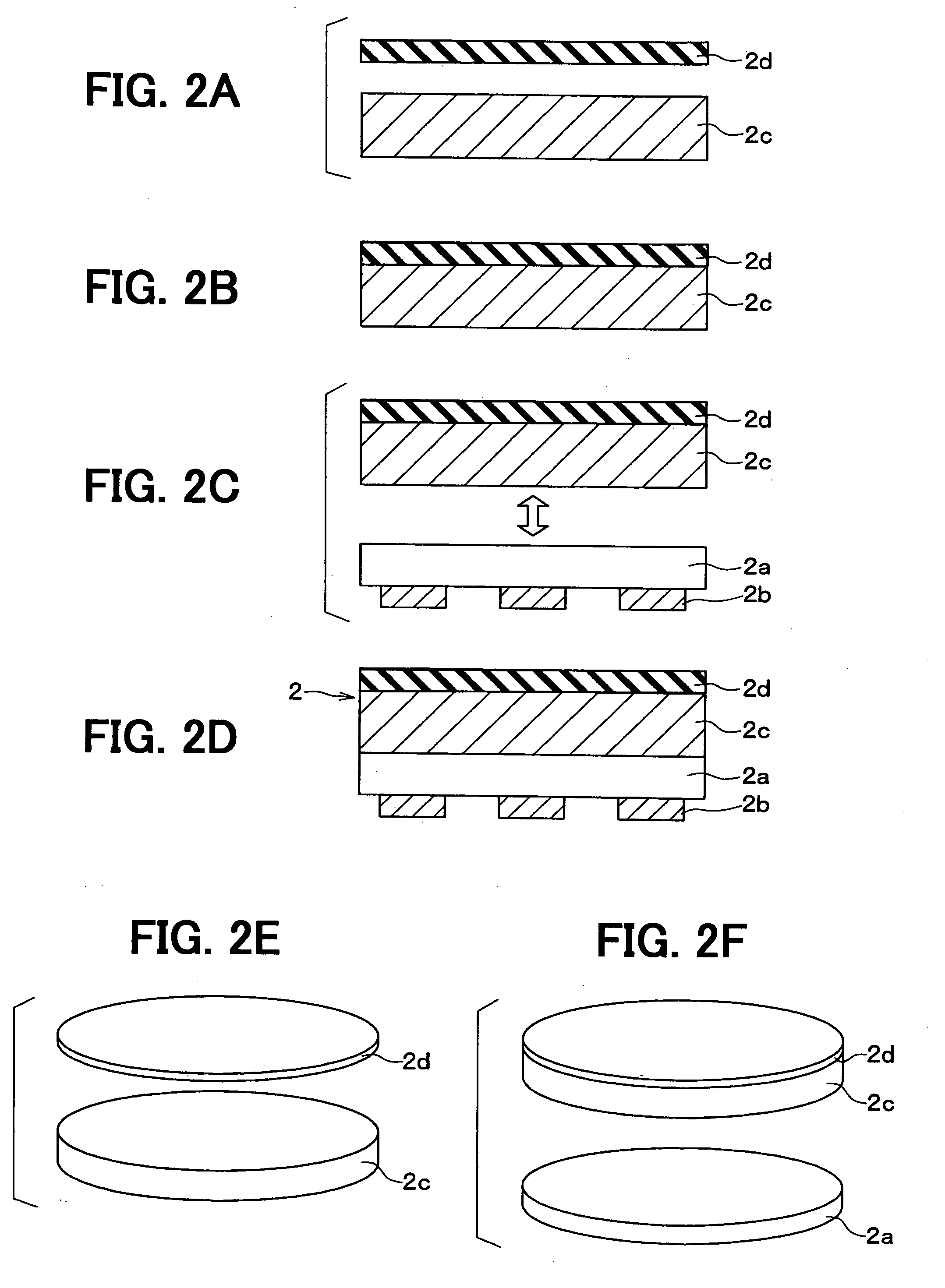Semiconductor device and method of manufacturing the same
a technology of semiconductor devices and semiconductor chips, applied in semiconductor devices, semiconductor/solid-state device details, electrical devices, etc., can solve problems such as complicated process, leakage between the back side of the semiconductor chip and the casing, and complicated process
- Summary
- Abstract
- Description
- Claims
- Application Information
AI Technical Summary
Benefits of technology
Problems solved by technology
Method used
Image
Examples
first embodiment
[0043]A first embodiment is described below. FIG. 1 is a cross sectional diagram illustrating a semiconductor device 1 in accordance with a first embodiment.
[0044]The semiconductor device 1 includes parts illustrated in, for example, FIG. 1 as a portion of the semiconductor device 1. The semiconductor device 1 may correspond to, for example, a power package having a power device, a central processing unit (CPU) generating a large amount of heat, or a passive device generating a large amount of heat. Alternatively, the semiconductor device 1 may correspond to a power unit having an element in addition to the above power package. Alternatively, the semiconductor device 1 may correspond to an electronic control unit (ECU) having a circuit or the like in addition to the above power package.
[0045]As shown in FIG. 1, the semiconductor device 1 includes a semiconductor chip 2, a board 3 (i.e., a printed circuit board) and a casing 4.
[0046]The semiconductor chip 2 includes an element part 2...
second embodiment
[0063]In a first embodiment, the heat sink 2c is exposed from an end face of the semiconductor chip 2. When working voltages of a semiconductor element are less than or equal to 60 V for instance, a configuration of a first embodiment can sufficiently ensure insulation of the heat sink 2c or the element part 2a from the casing 4 by means of grounding the casing 4 or the like. However, since the heat sink 2c is conductor, when a semiconductor element in the semiconductor chip 2 operates at high voltages, the presence of a thin insulating layer 2d only is difficult to ensure the insulation of the heat sink 2c or the element part 2a from the casing 4. Taking into account semiconductor devices used in high voltages, the present embodiment presents a configuration for enhancing the insulation of the heat sink 2c or the element part 2a from the casing 4.
[0064]FIG. 4 is a cross sectional diagram illustrating a semiconductor device 1 in accordance with the present embodiment. FIG. 5 is a la...
third embodiment
[0074]In the present embodiment, a method is presented below for manufacturing a configuration for insulation of the heat sink 2c or the element part 2a from the casing 4.
[0075]FIGS. 8A to 8D are cross sectional diagrams each illustrating a manufacturing process of a semiconductor chip 2 for a semiconductor device 1. Manufacturing processes of a semiconductor chip 2 of the present embodiment are generally similar to those of the first embodiment. Difference includes those shown in FIGS. 8A to 8D.
[0076]In a process exemplified in FIG. 8A, the processes exemplified in FIGS. 2A to 2D according to the first embodiment are performed. That is, a structure is formed in which a heat sink 2c and an insulating layer 2d are located on a rear surface side of a semiconductor wafer that a semiconductor element has been formed in. Then, a support member 6 is bonded to the electrode part 2b and the front surface of the semiconductor wafer, so that the semiconductor wafer, the heat sink 2c and the i...
PUM
 Login to View More
Login to View More Abstract
Description
Claims
Application Information
 Login to View More
Login to View More - R&D
- Intellectual Property
- Life Sciences
- Materials
- Tech Scout
- Unparalleled Data Quality
- Higher Quality Content
- 60% Fewer Hallucinations
Browse by: Latest US Patents, China's latest patents, Technical Efficacy Thesaurus, Application Domain, Technology Topic, Popular Technical Reports.
© 2025 PatSnap. All rights reserved.Legal|Privacy policy|Modern Slavery Act Transparency Statement|Sitemap|About US| Contact US: help@patsnap.com



